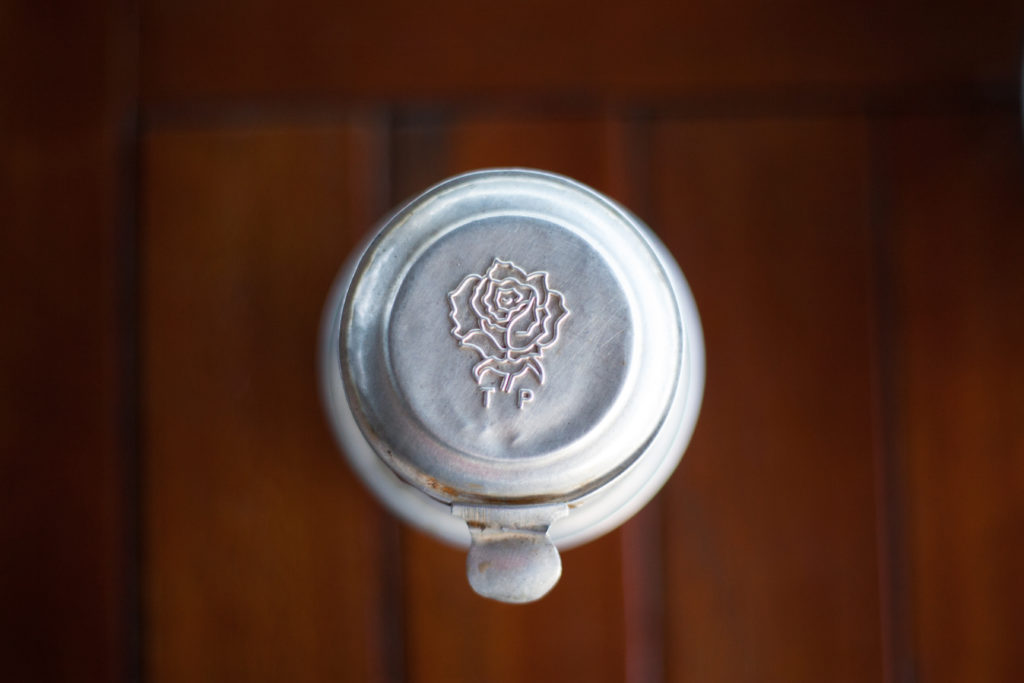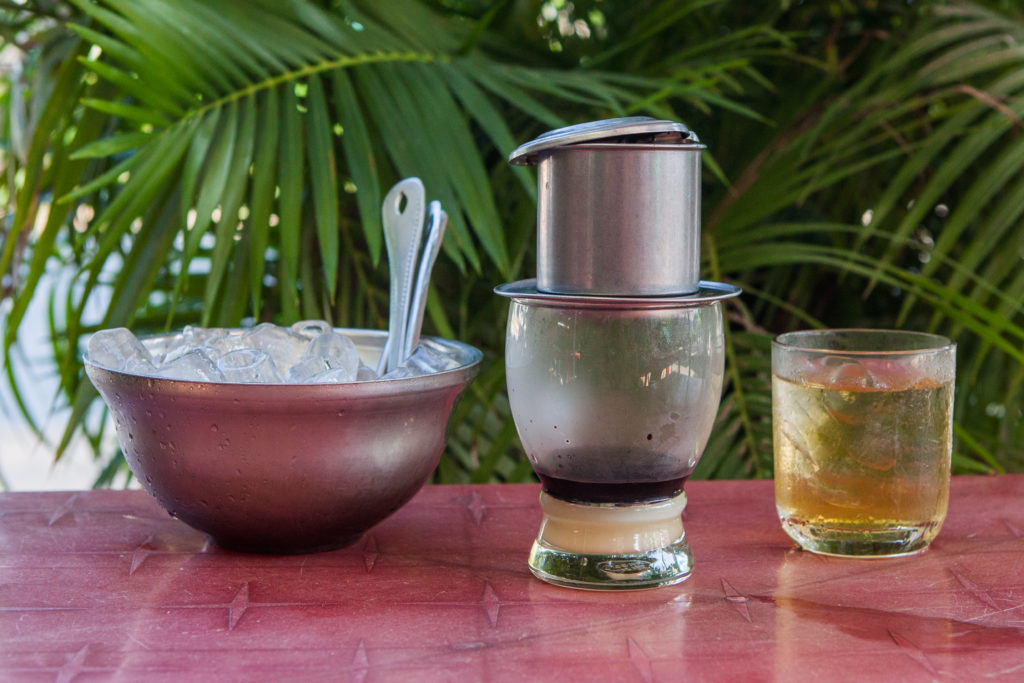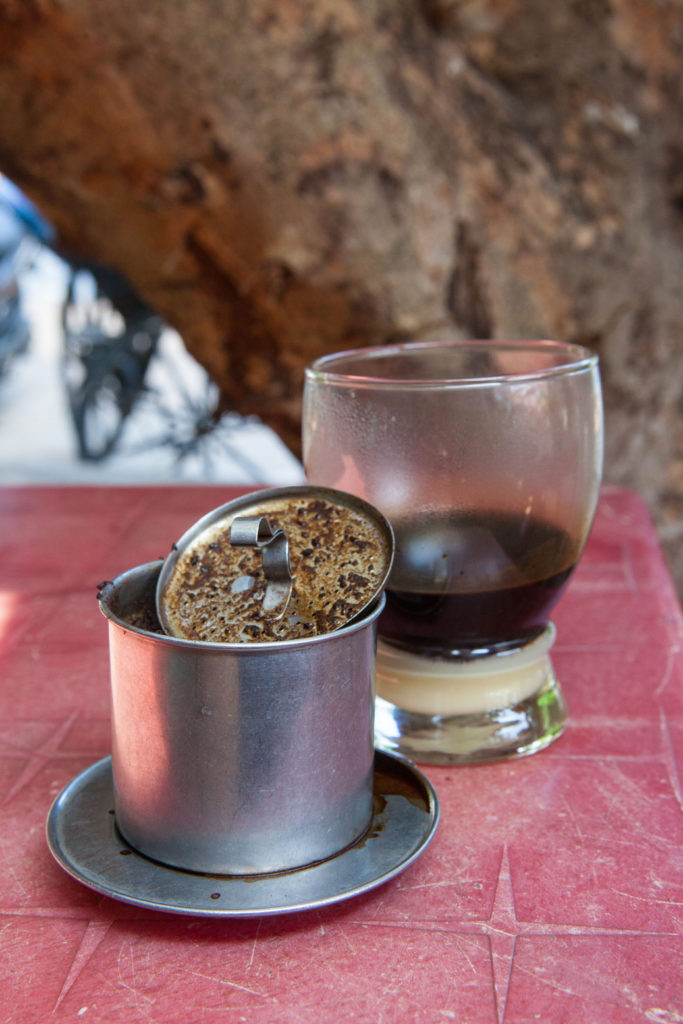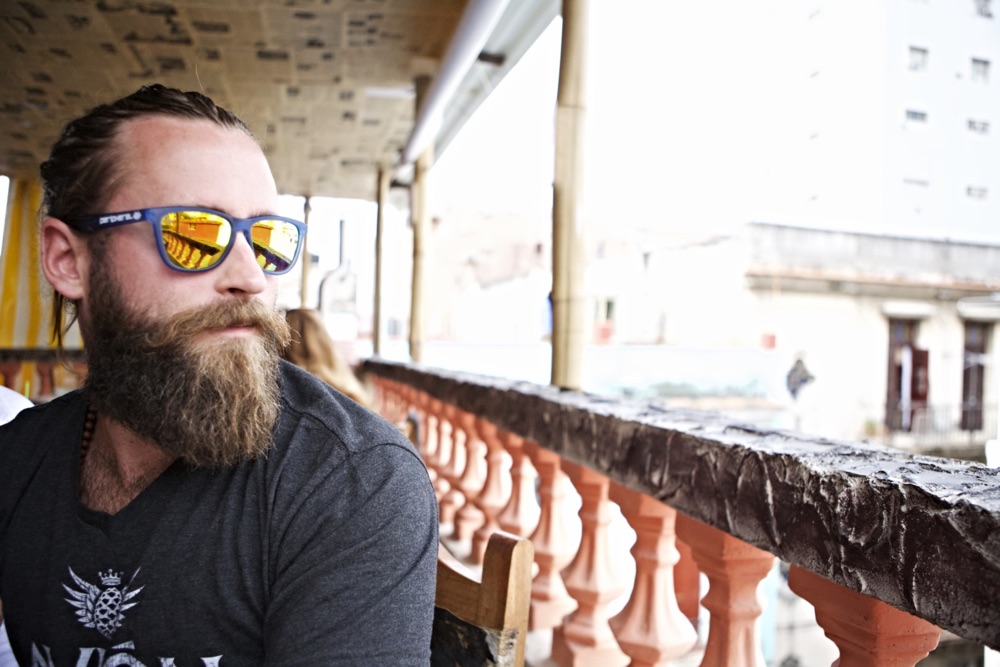I awoke from an amazing dream where I was touring through the temperate Mexican Wine Country, sipping a perfectly balanced Granache in Valle de Guadalupe, only to feel the scorching Vietnamese sun beating down on my face through a crack in the window shades. It was already 34 degrees Celsius in my small guest room and it appeared the ratty old A/C unit finally decided to give up and die after what appeared to be a century in use. I reluctantly got out of bed and walked downstairs, still rubbing the sleep from my eyes with my head down and sunglasses on, making a b-line for the nearest coffee shop. If you are anything like me and have severe OCD (Obsessive Coffee Disorder) than you walk around on autopilot, in full zombie mode ready to bite the head off of anyone who dares speak to you before you’ve had your first java fix. Having a coffee in the morning is a lot like wearing a seatbelt; it’s there to help you, and to not use it is unsafe and wildly irresponsible. I don’t start my car without putting on my seatbelt, I also don’t start my day without having a fresh cup of coffee. Although there are seemingly infinite varieties of coffee coming from some incredible regions around the world, none in my opinion are as good or as unique as Vietnamese coffee. If you have tried real Vietnamese coffee, you already know what I’m talking about. If you haven’t, then you are in luck my friend! I am here to let you in on the secret, giving you the inside line on how to find a proper Vietnamese coffee without having to spend fifteen hundred dollars on a plane ticket and deal with a serious case of jet lag. But first let me tell you a bit about the coffee.
Coffee in Vietnam is a close cousin to espresso in that the serving may be small, but it packs a hell of a punch. Although Vietnam is the second largest producer of coffee beans in the world after Brazil, their beans are often outshone buy their more popular Colombian, Ethiopian and Indian counterparts and I say its high time Vietnamese coffee received the limelight it so rightfully deserves. Traditionally made from fruit of the Arabica or Robusta plant, the beans are dark roasted and coarsely ground before being poured into a small single-serve filter known as a ca phe phin (café fin). The filter is then topped with hot water and left to steep. After a minute or so the coffee slowly (almost painfully slowly) begins to drip into a small glass underneath, resulting in a libation that’s thick like molasses and strong like a water buffalo. It is often served either black or with sweetened condensed milk, and if desired, a tall glass of ice to battle the Vietnamese heat which is as almost as strong as the coffee. In Vietnam large chains and small independent coffee shops litter the streets, their patios unapologetically spilling out on to the sidewalks. However, in North America and Europe it can sometimes be tricky to find authentic Vietnamese coffee. In recent years with the massive boom of artisanal coffee producers and craft roasters popping up everywhere, Vietnamese coffee knock-offs have been more widely available. Usually in some trumped up rendition like a Vietnamese Latte or sometimes playfully reworked into a martini at your local cocktail bar. However, the secret to getting a real, authentic Vietnamese coffee is… Go to a Vietnamese restaurant! This may sound like a strange idea at first. You may not be able to pronounce the items on the menu and they never have drive-throughs. However, once you’ve tried the coffee you may find you’re spending more time at your local Pho shop then at Starbucks, and trust me your taste buds (and your wallet) will thank you. The other bonus about getting your daily dose of caffeine at a Vietnamese restaurant is you can also pick up lunch to go! Try the ‘fresh rolls’; soft rice paper rolls with rice noodles, fresh herbs and either shrimp or tofu, or ‘bun thit nuong’; rice noodles with marinated grilled pork, fresh herbs and vegetables served with a slightly sweet broth. Both are quick and healthy mid day meals that keep well at room temperature.
Ok, so now you’ve found a shop, made it inside and your standing at the counter… how do you order a coffee in Vietnamese? Use this handy table to help you order like a pro.
|
Vietnamese word |
Phonetic pronunciation |
Description |
|
Ca phe |
café |
coffee |
|
Ca phe khong duong |
café com dung |
black coffee no sugar |
|
Ca phe sua |
café sue |
coffee with milk, usually sweetened condensed milk so if you don’t take sugar with your coffee best to ask for fresh milk |
|
Ca phe sua da |
café sue da |
Iced coffee with sweetened condensed milk (summer is just around the corner and this will quickly become your new favourite iced coffee beverage, move over iced cappuccino) |
|
Tra da |
cha da |
unsweetened iced tea which is ubiquitously served next to a coffee in Vietnam |
Armed with this knowledge and your insatiable thirst for adventure (and coffee) you are ready to step outside the big-box shops, breaking away from large Double Doubles and mundane vanilla lattes. Every journey begins with a single step, and every day begins with a single cup of coffee, why not make yours a little more interesting? Just don’t be surprised if soon you find yourself searching for cheap flights to Vietnam.
Roxanne here; I asked Dylan when his most important coffee of the day was and what it was about Vietnamese coffee that was so addictive to him.
First thing in the morning is a must, gets me going for the day! What I really like about Vietnamese coffee is the flavor, its unlike any other coffee i’ve ever had before. Its thick molasses like texture also adds to the uniqueness, and when mixed with sweetened condensed milk it basically becomes drinkable caramel sauce – so addictive!
*Disclaimer * Dylan and Bonjour Bliss Blog will not be held accountable for any addictions to ca phe su da that result from reading this article
Dylan’s BIO:
Dylan Benoit is a chef and writer who travels the world exploring major food destinations to study cuisine and culture. He documents his travels in recipes, stories and photos showcasing incredible food and the adventures undergone to find it. Follow Dylan’s travel blog at www.dylanbenoit.com/blog and follow him on Instagram @dylanmbenoit for up to date food & travel photos from all over the globe.
Also sign up for Dylan’s blog updates {here}!






